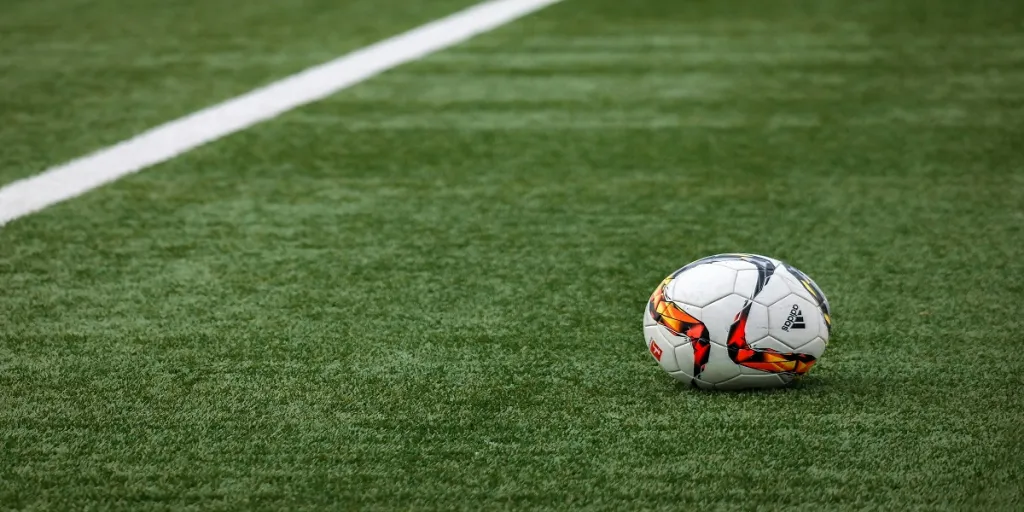Football is one of the most tech-driven sports in the world. The many benefits of technology in football include helping players achieve peak performance, giving fans a unique stadium experience, and more.
Table of Contents
Technological advances are changing modern football
Fair and better in-game experience
Efficient and data-driven training
Health and performance monitoring
A new era of talent scouting
Immersive fan experience
Comfortable and performant soccer wear
Future technology innovations in the football industry
Technological advances are changing modern football
Soccer, or football, is a team sport involving two competing teams with eleven field players each. It’s considered the most popular sport in the world, and its international governing body FIFA has over 209 member associations.
Technology innovations have paved the way for a new era of football, where players can train better, coaches can get comprehensive data-driven insights for improved in-game decisions making, and medical staff can have access to an efficient platform for monitoring players’ health. These innovations are changing how football is played, helping top teams gain a competitive edge over others.
Fair and better in-game experience
VAR is an acronym for Video Assistant Referee and it was introduced into football during Netherland’s Referee 2.0 project in 2010. In VAR, a group of video referees assists the main match referee during a game by reviewing decisions made on-field using video footage and recommending a correction if they believe there was an error in the decision made.
It has been argued that VAR slows down the game and takes away the excitement of play. One solution to this problem is the use of robots. Artificial intelligence robots can be programmed to substitute human referees to minimize human errors and boost the accuracy of judging during a football match. The robots are capable of detecting any foul play and responding as soon as it happens. The robots also have a better view of the game due to their ability to connect to all the cameras positioned in the stadium.
Another technology that assists referees is goal-line technology. This technology was introduced to make sure that the ball has crossed the line, something that human referees could not see with high accuracy. Such systems use a combination of cameras and sensors to track the ball’s movements. There are two types of goal-line technologies: camera-based or via magnetic fields.
The first type known as Hawk-Eye technology is based on camera systems, consisting of multiple high-speed cameras that are placed around the pitch. The video footage from these cameras is then sent to a computer that uses image recognition and triangulation methods to determine whether or not the ball has crossed the line completely. The signal is then transmitted to the referee’s special wristwatch within fractions of a second. The other system uses magnetic fields and sensors embedded within the ball itself and around the goalposts. When there is an impact between one of these sensors and the ball, this triggers a signal that is transmitted to a computer which determines whether or not the ball was inside or outside of the goal area.
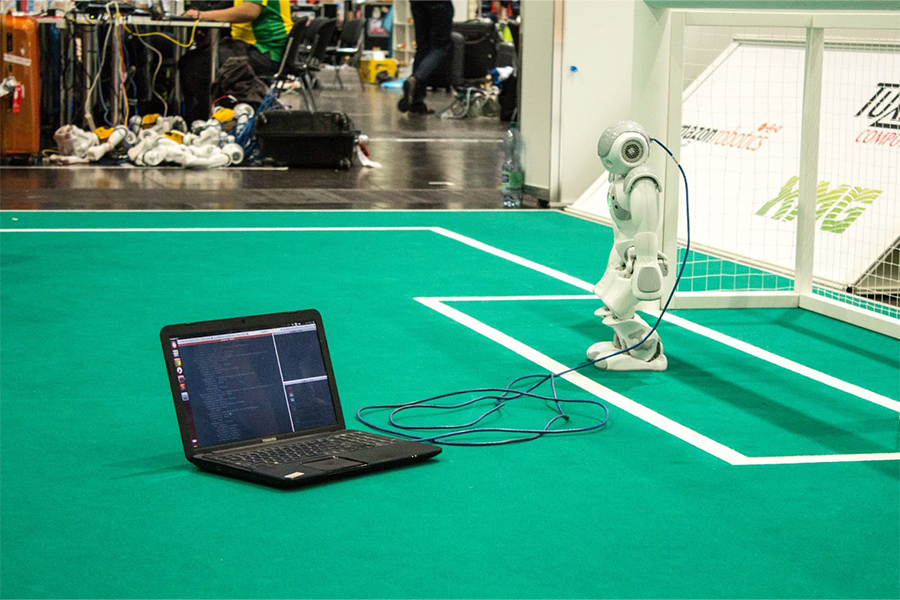
Efficient and data-driven training
The future of training will be data-driven and AI-powered. Undoubtedly, coaches and managers are always looking for ways to improve their game strategies and find the best playing styles. From individual players’ skills and tactics to the best plays, there is a lot that goes into preparing for a game. One way that is used by some football teams to perfect players’ kicks and ball control is through sensor-enhanced balls.
Another way of collecting football training data is via drones equipped with HD or 4K cameras. The video footage of the drone is then sent wirelessly to an app system in which the coach and his assistant analyst can view the images in real-time to study the positioning of the players during every moment of play. The main advantage of using drones is that they allow for an aerial view of the pitch, which is not possible with cameras installed on the ground. This allows for a more comprehensive analysis of players’ positioning, passing combinations, and offensive/defensive transitions.
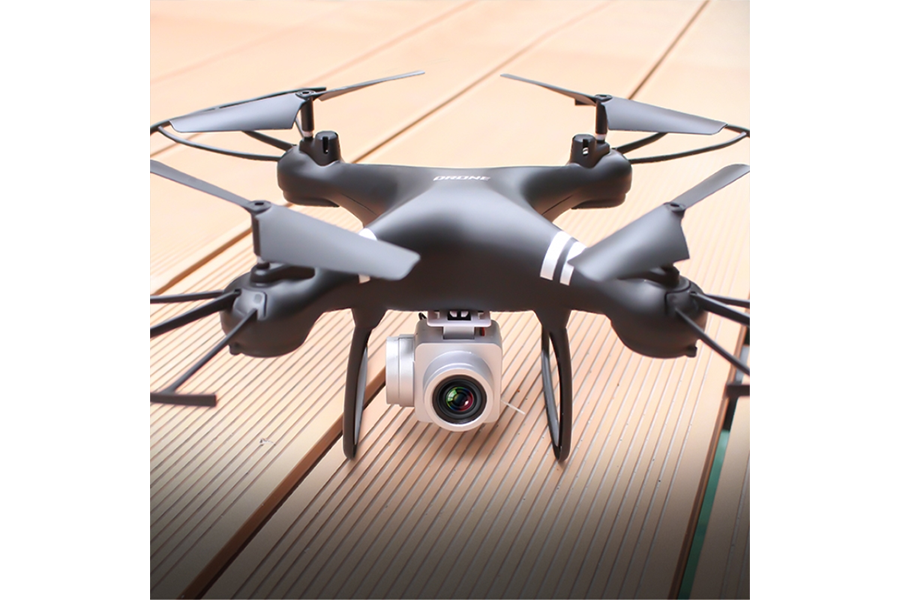
Health and performance monitoring
In an era where injury prevention is just as important as injury recovery, football players are constantly monitored via various tracking systems by the medical staff of their clubs. Shoes, shin guards, and shirts are a perfect place to integrate microsensors that can monitor various parameters. These sensors send real-time data to coaches and the medical staff to analyze players’ health and performance during games or training sessions.
For example, biometric technologies are being used to monitor vital signs in real-time. Such technologies include heart rate monitors and accelerometer smartwatches. These wearable technologies have enabled coaches to analyze players’ performance and health in detail and make data-driven decisions concerning the substitution of players and planning of training sessions.
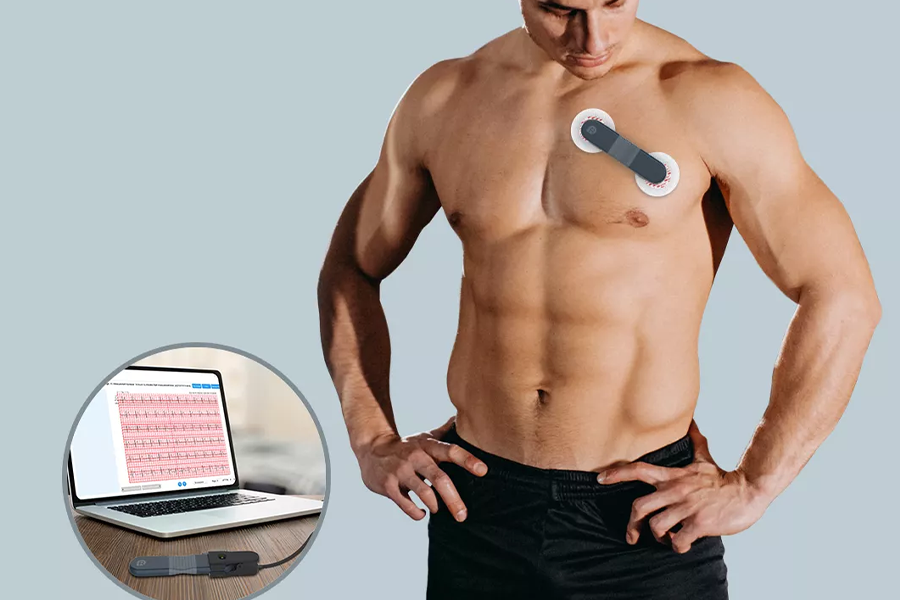
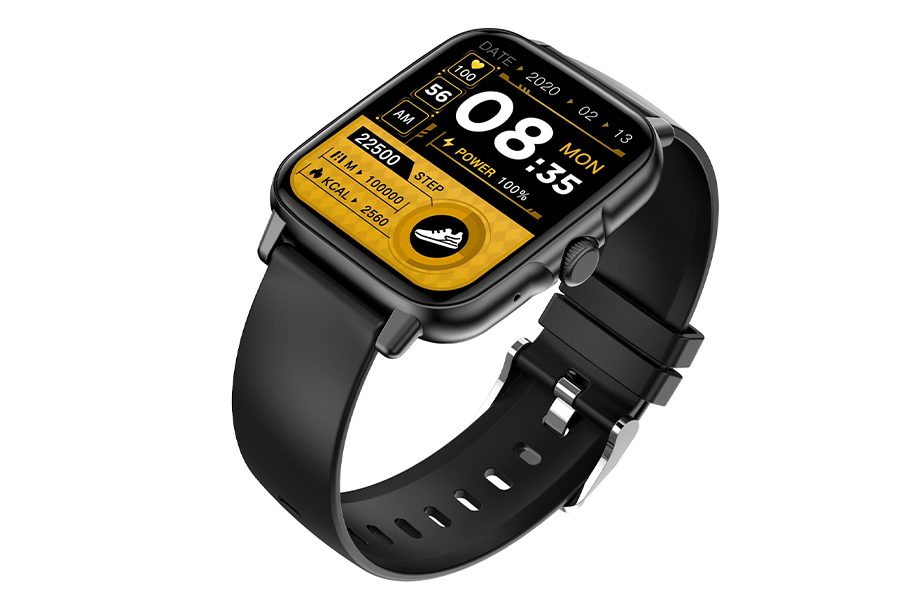
A new era of talent scouting
Artificial intelligence is changing the way sports teams scout for talent. Gone are the days when scouts would watch games from the stands and identify potential players by their physical appearance or playing style—now, they rely on AI software and big data to find promising players across the globe.
Companies like KAEM Technologies help professional football clubs build an AI mobile application where players around the globe can upload their videos while showcasing their skills. Such artificial intelligence systems can identify potential signings based on the previous performances of similar players; giving an accurate prediction of how well they would perform in the future.
Immersive fan experience
As the sports industry becomes increasingly digitized, football fans are being treated to a more immersive and personal experience than ever before. For example, action cameras can be mounted on players’ chests, referees’ headsets, or even on the ball itself, providing fans with information-enriched viewing to experience the game as if they were right on the field with their favorite football player.
Virtual reality is another innovative technology that allows viewers to watch matches from whichever perspective they prefer. They can see what it’s like to watch a match from inside a stadium or even from a player’s point of view on the field. Augmented reality takes that one step further by introducing elements into real-life environments via digital devices such as smartphones or tablets. This could soon mean that watching matches at home could involve players appearing on one’s coffee table as holograms while fans sit back and enjoy the game with friends. By using AR headsets or VR headsets, fans get to experience a 360-degree view of the stadium.
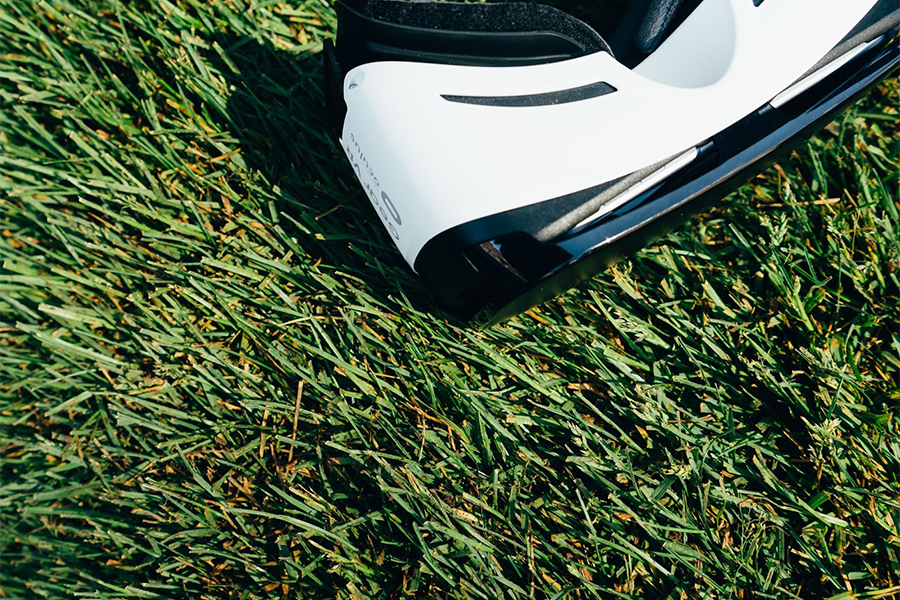
Comfortable and performant soccer wear
From jerseys to shoes and socks, the technology and fashion of soccer wear have changed dramatically over the recent years.
The elastic slimming socks and compression socks help increase blood flow throughout the legs during exercise, thereby reducing fatigue, improving performance, and expediting recovery times after activity. Such socks will prevent players from experiencing muscle soreness during an intense football match.
Besides socks, soccer shoes are an essential part of every football club’s uniform. For example, ultra-light football shoes with synthetic fibers are designed to help players improve their speed while still providing comfort. They’re also waterproof and quick-drying, making them ideal for those who play on both grass and turf fields. But what about the foot itself? If a game is played in extremely cold temperatures, it can be hard to focus on the game and make strategic decisions. That’s where the smart shoe insole comes in. These smart shoe insoles improve the comfort of football players by automatically heating up when their feet get cold.
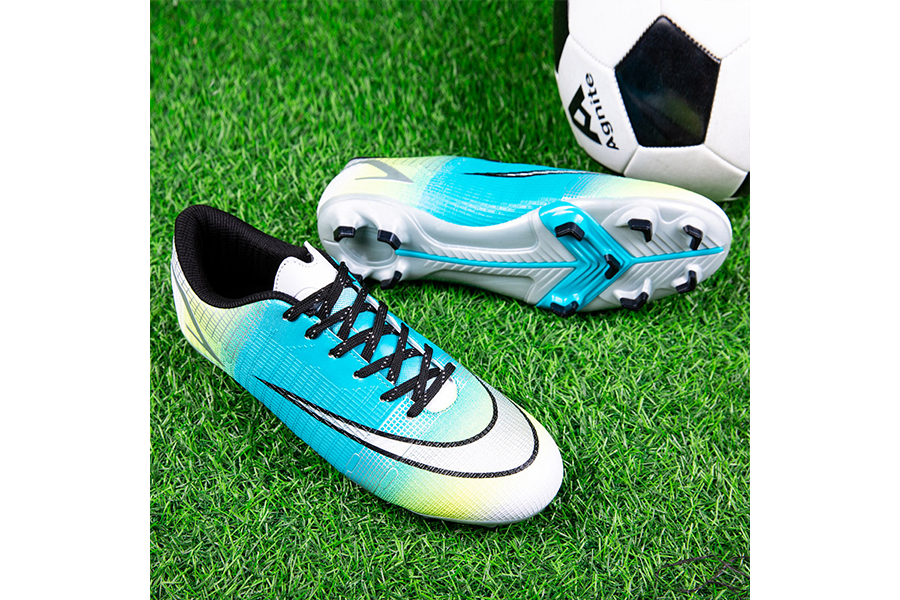
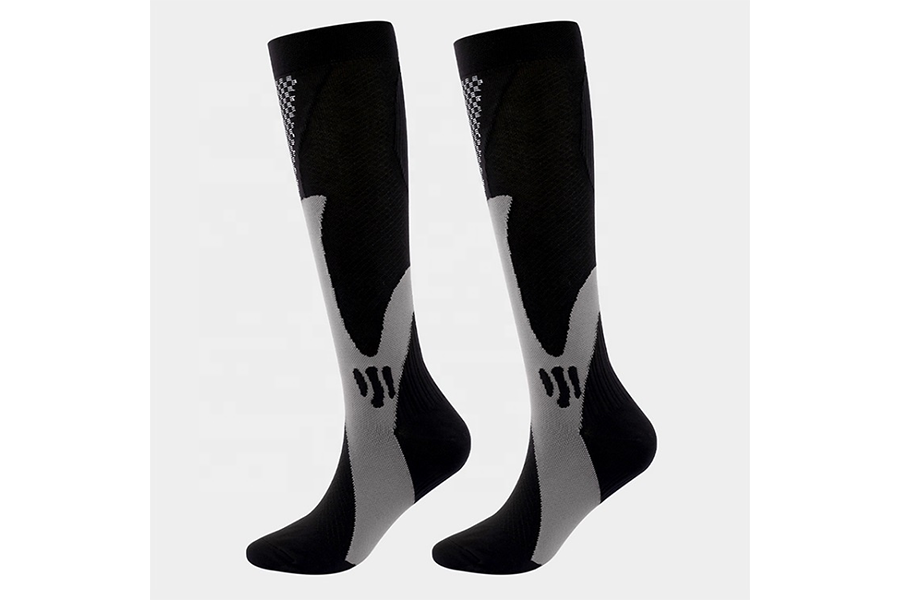
Future technology innovations in the football industry
It’s a really exciting time for football and we have only seen the beginning of its potential. In the next decades, we may see technological and digital developments that allow for a more immersive fan engagement. These may include 3D recreations of football games, allowing fans to examine the game from every possible angle. We could also see holograms that allow fans to attend games at any stadium in the world at their leisure.
While some of these advancements may sound a bit far-fetched, they’re all on the horizon as we continue advancing technologically at an exponential rate. Such technologies will open up new revenue streams for clubs and broadcasters, as well as sponsors who want to engage with fans. To learn more about industry updates and technology trends, visit Alibaba.com!
